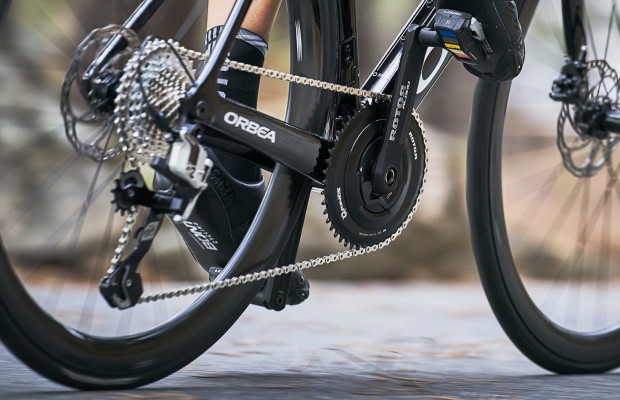Signs that your tyres need to be changed
Tyres are one of the most important parts of the bike. In fact, their condition is directly related to safety, performance and overall functionality. Everyone should know when to change their tyres, as a timely tyre change is key to safe and optimal cycling.

When to change tyres: beyond the numbers
In general, the average life of tyres -whether road or MTB- is 3,000 to 4,000 kilometres. Despite the importance of this figure, the tyre itself will give us some much more decisive signals as to when we need to replace them.
For all these reasons, Italian tyre manufacturer Vittoria has produced a guide that gives us the keys to recognise the symptoms of a worn tyre.
Tell me how you use your tyres and I will tell you when to change them
RECOMENDADO

The best apps for cycling and mountain biking

Black Friday 2025 cycling bargains: save on Garmin, POC, Maxxis and more

Black Friday Garmin 2025: the ultimate guide to choosing your GPS at the best price

How to wash your cycling clothes? 10 keys to make them always look new

Cycling can help you fight the effects of the time switch

Important keys to make your training work
It is impossible to know exactly how many kilometres our tyres will last in good condition. The type and quality of tyre, the weight of the rider, the terrain ridden on, maintenance and even riding style all have a big influence. Let's take it one step at a time.

Factors that determine durability
Firstly, there is the issue of tyre pressure. Higher pressures -more performance and speed- are common on the road, but make tyres more vulnerable to punctures from potholes or other road obstacles.
On the other hand, lower pressures - more traction - are often used in MTB. The ride will be smoother and the risk of a flat tyre will be reduced. However, as with everything else, don't overdo it: a pressure that is too low will increase the chance of a flat tyre and make riding more difficult.
Riding style is another factor that influences the life of our tyres. The more aggressive you are in braking and turning, and the more skids and tricks you do, the faster they will wear out. So the smoother and smoother you ride your bike, the longer your tyres will last.
Of course, terrain is a key factor. On the road, tyres will suffer more if they encounter more gravel or irregularities in the asphalt. On MTB, rocky roads will do more damage to tyres than a predominantly dirt road.
In these cases, the slope is often forgotten: uphill and downhill terrain can be more wearing than flat terrain.
Finally, another important factor is maintenance. Keeping tyres at a good pressure or checking them for puncture marks will also help.

Time to replace them
It is just as important to know the factors that shorten the durability of our tyres as it is to know when to change them.
The first sign to look out for is the tread wear indicator. While not all tyres have it, it is widely used.
Vibrations are a clear warning sign that the tyre is no longer functioning properly. On the other hand, uneven tread wear -areas that are more worn than others- can also be a good reason to change tyres.
In addition, any cracks or bubbles will also indicate that the tyre is not in good condition.
On MTB, another indicator will be the lugs. Tyres should be replaced when the original tread pattern is no longer recognisable because the lugs are worn or even broken.
Finally, another sign that should make us think about changing tyres is constant punctures. It is important to check that the surface is free of holes, wear and tear, sharp objects and that the tyre is correctly fitted.